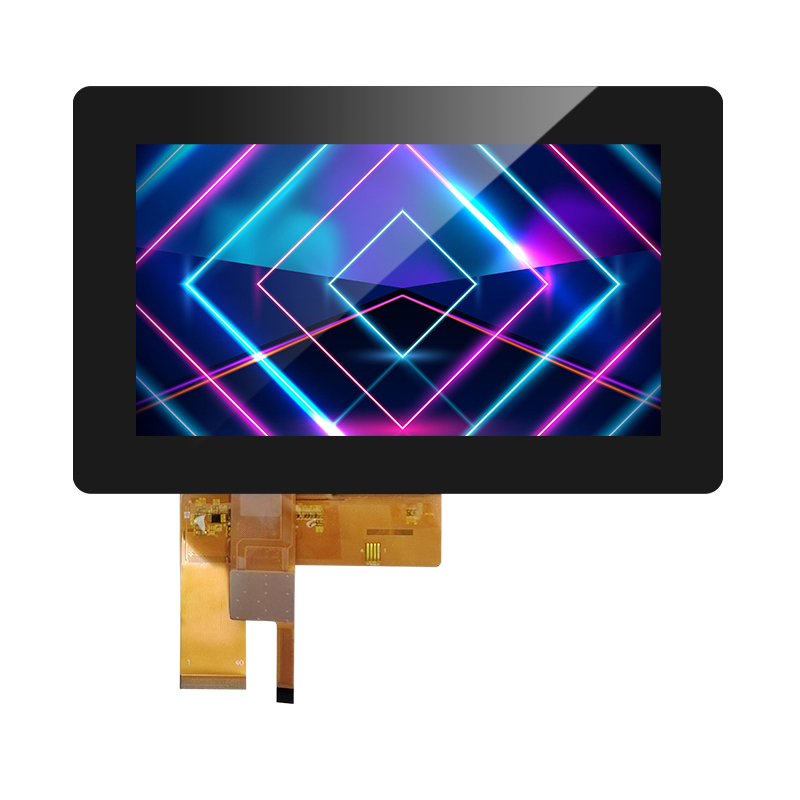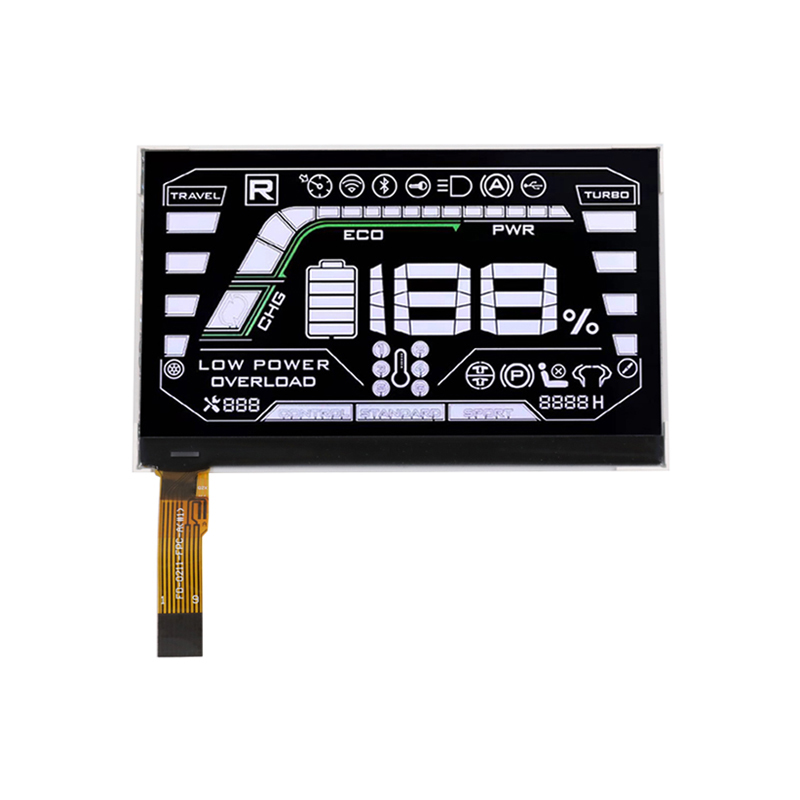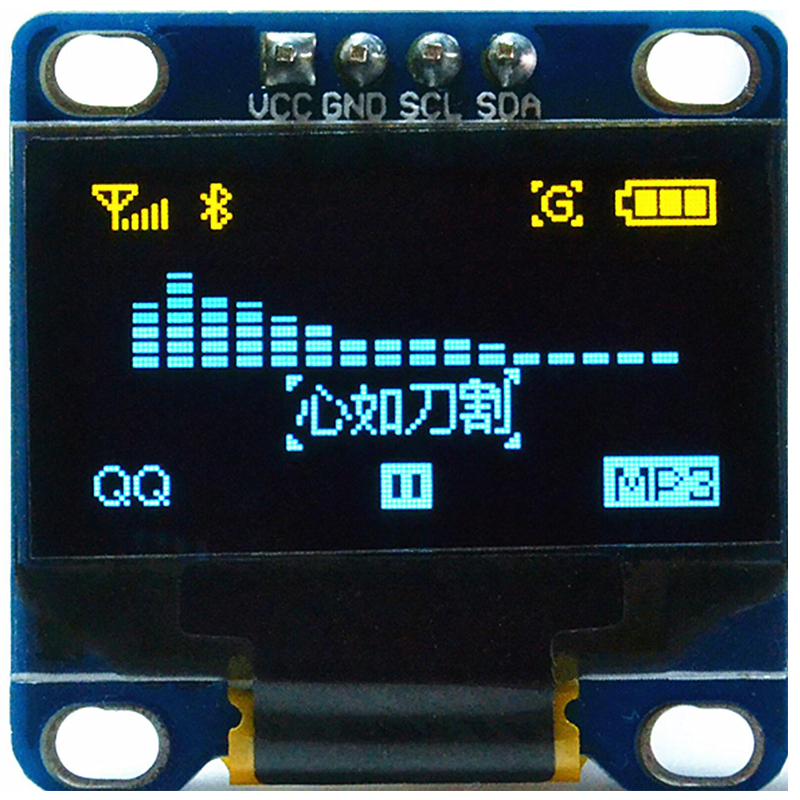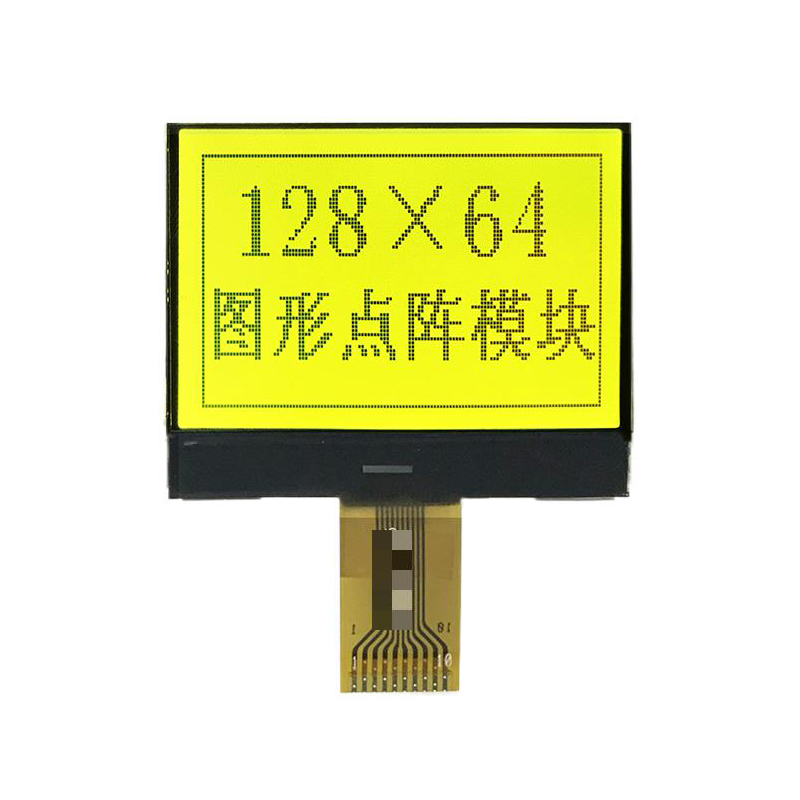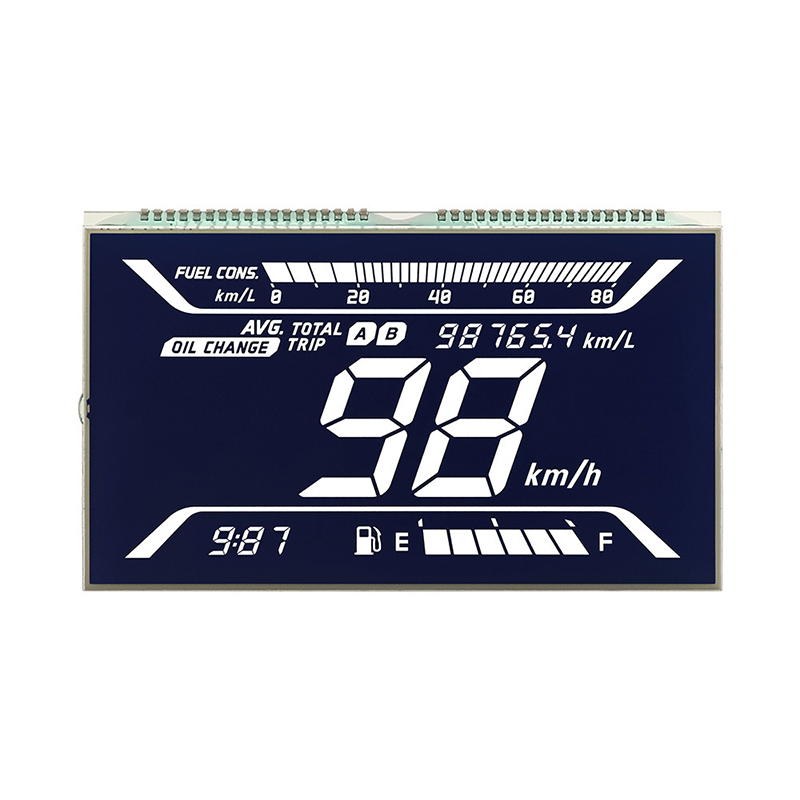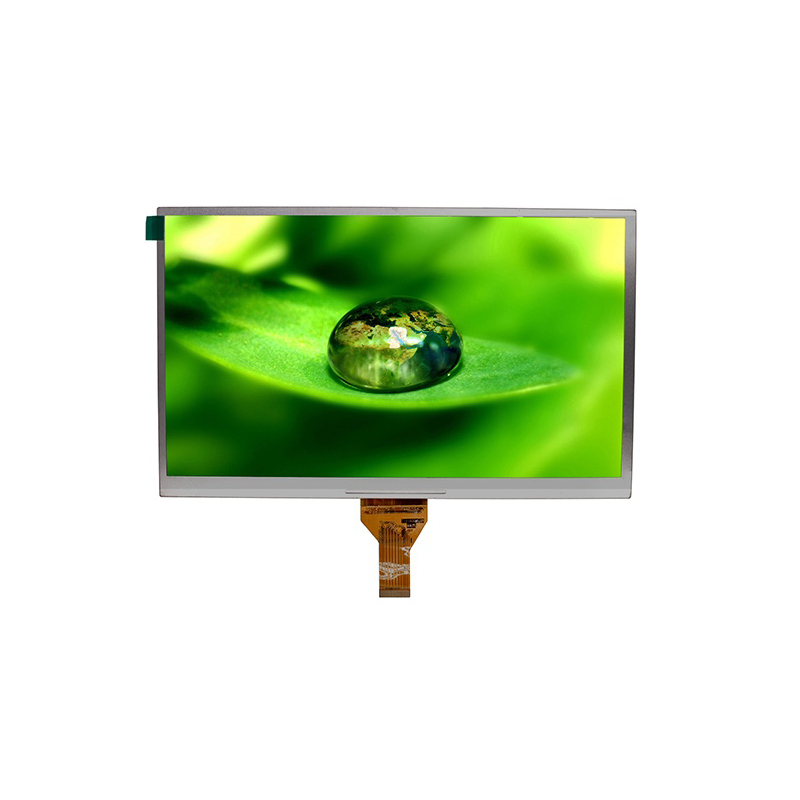Super AMOLED Display: A Deep Dive into Samsung's Flagship TechnologySuper AMOLED displays offer vibrant colors, deep blacks, and incredible responsiveness, making them a popular choice for high-end smartphones and other devices. This article provides a comprehensive overview of super AMOLED display technology, exploring its advantages, disadvantages, and applications.
Understanding Super AMOLED Technology
What is a Super AMOLED Display?
Super AMOLED (Active-Matrix Organic Light-Emitting Diode) is a type of display technology developed by Samsung. Unlike traditional LCDs which require a backlight,
super AMOLED displays generate their own light, resulting in superior contrast ratios and deeper blacks. Each pixel is individually lit, leading to more accurate color reproduction and improved energy efficiency. This self-emissive property sets it apart from other AMOLED variations and contributes to its stunning visual quality.
How Does it Differ from AMOLED and LCD?
The key difference between
super AMOLED and standard AMOLED lies in the integrated touch sensor. In
super AMOLED displays, the touch sensor layer is built directly onto the display itself, eliminating the need for a separate layer. This results in a thinner, more responsive display with improved clarity and a more immersive user experience. Traditional LCDs, on the other hand, use a backlight, leading to lower contrast ratios and less vibrant colors compared to
super AMOLED.
| Feature | Super AMOLED | AMOLED | LCD |
| Backlight | No | No | Yes |
| Touch Sensor | Integrated | Separate Layer | Separate Layer |
| Contrast Ratio | Infinite | Very High | Low to Moderate |
| Power Consumption | Generally Lower | Moderate | Higher |
Advantages and Disadvantages of Super AMOLED Displays
Advantages
Exceptional Color Reproduction:
Super AMOLED displays boast a wide color gamut and accurate color representation, resulting in vibrant and lifelike visuals. Deep Blacks and High Contrast: The absence of a backlight allows for incredibly deep blacks, leading to a stunning contrast ratio that enhances image detail and clarity. Fast Response Times:
Super AMOLED technology offers fast response times, making it ideal for gaming and other applications requiring quick refresh rates. Thin and Lightweight Design: The integrated touch sensor contributes to a thinner and lighter display, making it suitable for portable devices. Energy Efficiency: By only illuminating the pixels needed,
super AMOLED displays can be more energy-efficient than traditional LCDs.
Disadvantages
Burn-in Potential: While modern
super AMOLED displays have significantly reduced burn-in risk, prolonged display of static elements can still potentially lead to image retention. Higher Manufacturing Cost: The complex manufacturing process of
super AMOLED displays typically results in a higher production cost compared to other display technologies. Potential for Pixel Degradation: Over time, pixels may degrade, resulting in a decrease in brightness and color accuracy. However, this is usually a gradual process.
Applications of Super AMOLED Displays
Super AMOLED displays are primarily used in high-end smartphones, but their applications are expanding. They are also found in: Smartwatches Tablets High-end TVs Virtual Reality (VR) headsetsFor high-quality displays for your next project, consider exploring the capabilities of Dalian Eastern Display Co., Ltd. They offer a range of advanced display solutions. You can learn more by visiting their website:
https://www.ed-lcd.com/Conclusion
Super AMOLED technology represents a significant advancement in display technology, offering a compelling combination of vibrant colors, deep blacks, and responsive performance. While there are some drawbacks to consider, the advantages often outweigh the disadvantages, making it a popular choice for manufacturers and consumers alike seeking a premium visual experience. Understanding the nuances of
super AMOLED displays allows for more informed decisions when choosing electronic devices.


